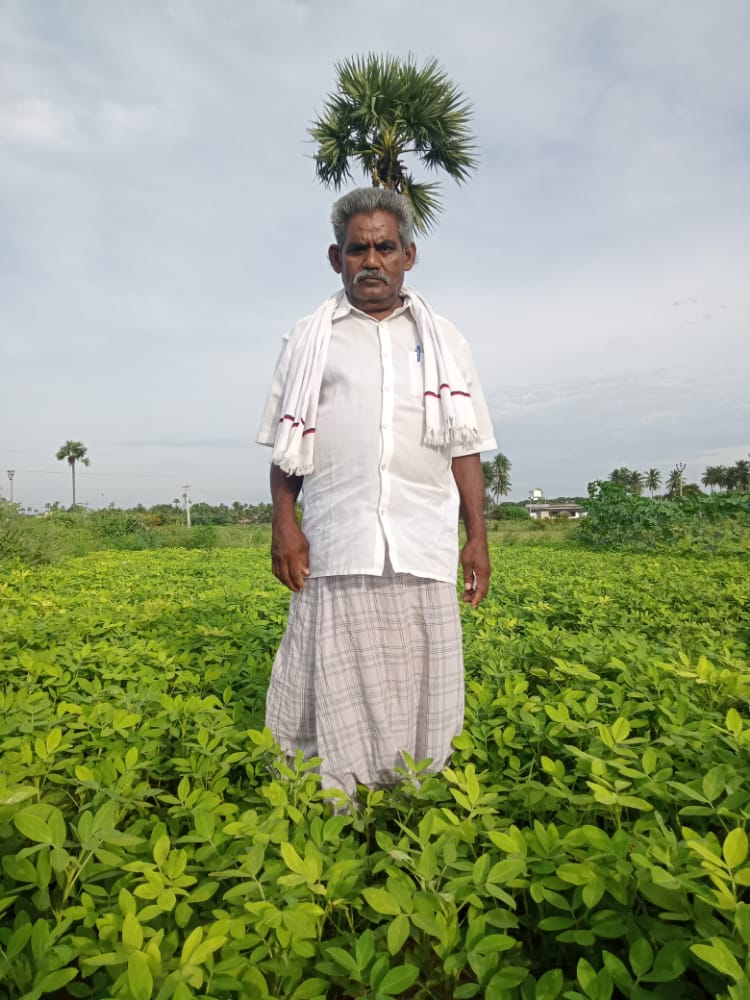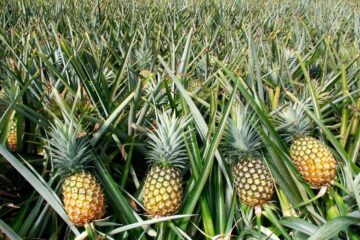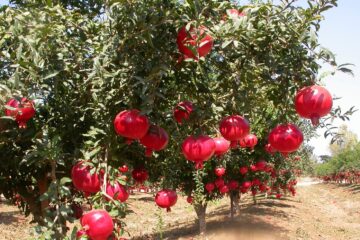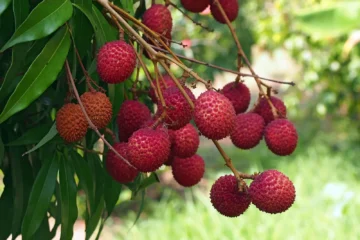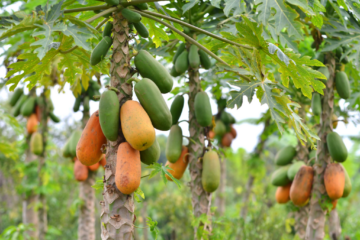Namakkal district’s Paramathi region farmer M. Ponnusamy, a pioneering farmer and active member of the Farmer’s Friend Group, currently cultivates groundnuts. Here, he shares his experience and insights on groundnut cultivation:
“I have three acres of groundnut cultivation, done mainly as rain-fed (maanavaari) crops, though I’ve also done irrigated (iravai) crops occasionally. For successful groundnut cultivation, the soil needs to be well-tilled and enriched with natural fertilizers. Since I have livestock, I use plenty of farmyard manure. Additionally, we apply one sack of DAP, half a sack of urea, and half a sack of potash per acre as a basal dose.
You need about 40-50 kilograms of seeds per acre. These seeds should be treated before sowing. First, treat the seeds with Trichoderma viride (available at agricultural depots) by mixing four grams per kilogram of seeds. This helps control seed-borne diseases.
After a day, treat the seeds with Rhizobium bio-fertilizer (also available at agricultural depots). Mix the Rhizobium in cooled rice water (rice gruel) and coat the seeds well, then let them dry in the shade for half an hour before sowing. This bio-fertilizer helps the plants fix nitrogen from the atmosphere, reducing the need for chemical fertilizers.
The treated seeds are then sown in the furrows made by plowing. The seedlings should be weeded twice: once when the plants are about 15-20 days old and again after another 15-20 days. During the second weeding, apply 300 kilograms of gypsum per acre.
In rain-fed agriculture, it’s not always possible to apply fertilizers systematically because the soil needs to be moist. Since we rely on rainfall, we apply fertilizers when we can. The application of gypsum benefits groundnut cultivation by ensuring the pods are well-filled and not empty or damaged. Thus, gypsum application is crucial for increasing yields.
Groundnuts are also susceptible to pest attacks, which can damage the leaves. To control pests, we plant trap crops like pigeon peas around the groundnut field. These trap crops attract pests like moths, which lay their eggs on the trap crops instead of the groundnuts, allowing us to control pests by destroying the eggs. If necessary, pesticides can also be used.
Depending on the conditions, yields can vary, with up to 27 sacks per acre in good conditions, but typically around 20 sacks per acre are guaranteed,” he concluded.
Pasumai

